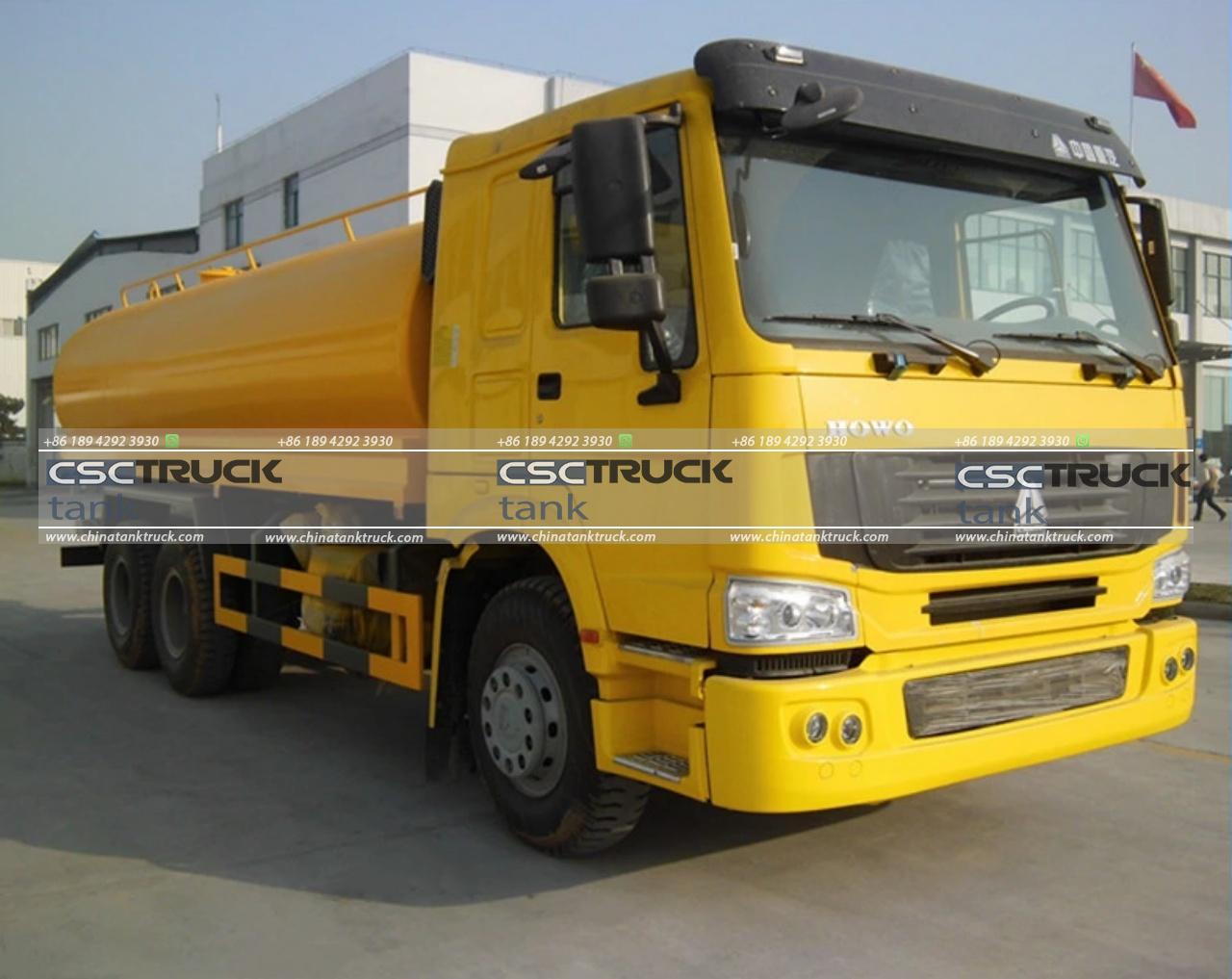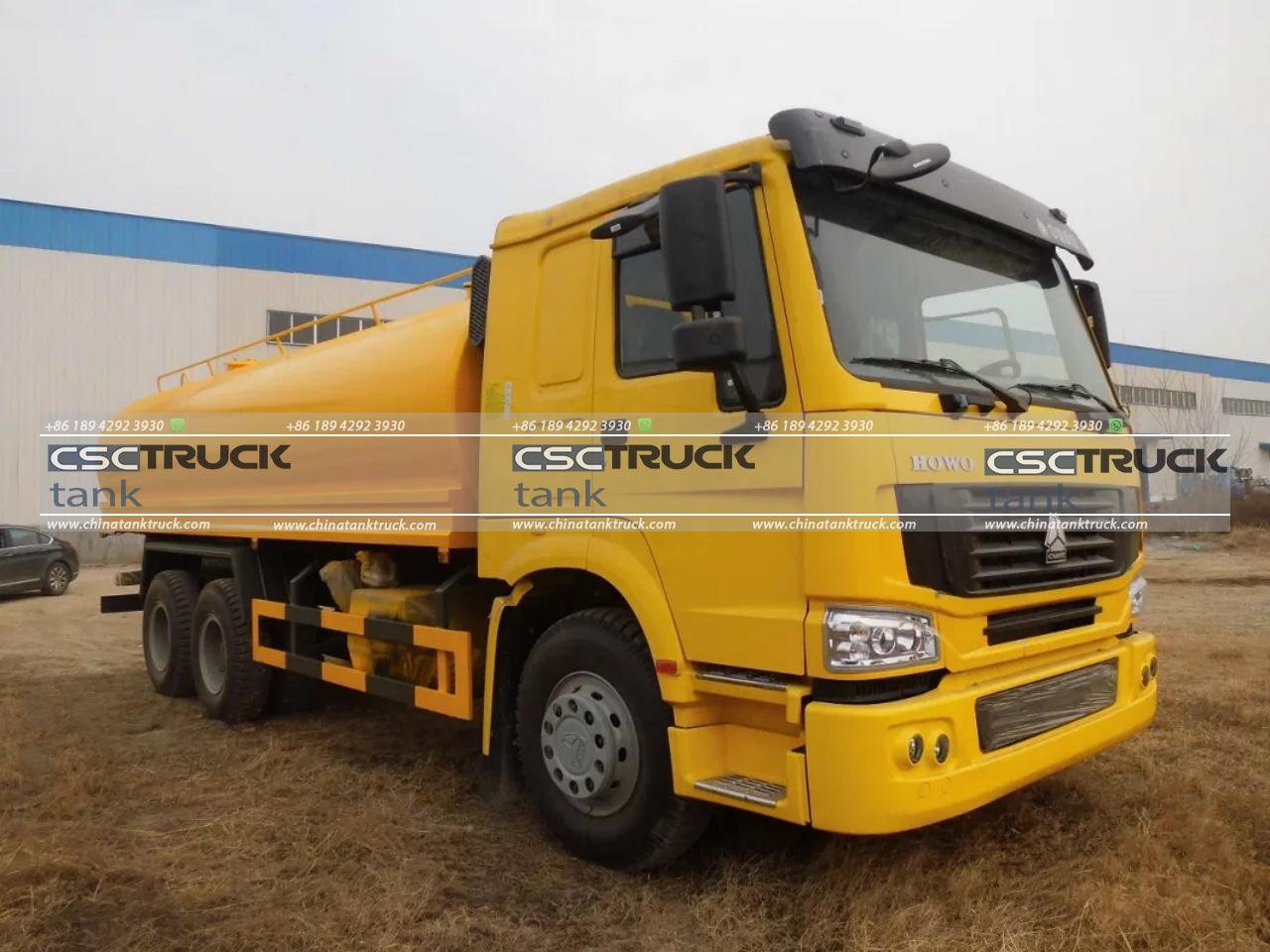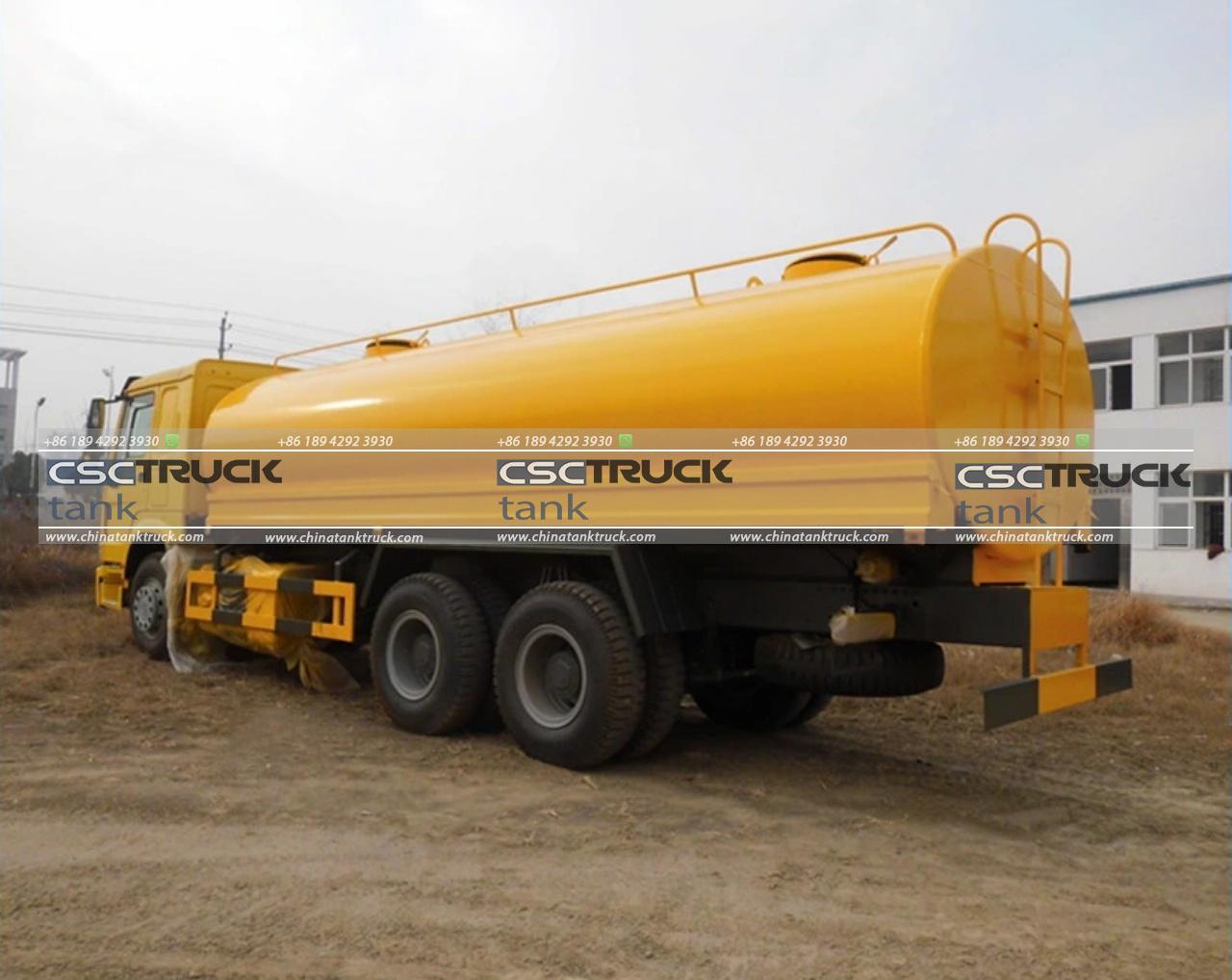How Much Do 12,000 Litres of Water Cost?
Water is a basic necessity for life, vital for drinking, cooking, cleaning, and sustaining the environment. However, the cost of water can vary significantly depending on where you live, how it’s supplied, and the purposes for which it is used. Understanding the cost of water, especially in large quantities like 12,000 liters, involves considering a range of factors including local pricing structures, the type of water source, and the broader economic implications of water use.
1. Understanding Water Pricing Structures
Water pricing structures can be complex and are often determined by local governments or water utility companies. Generally, water is priced per cubic meter, with one cubic meter equaling 1,000 liters. The cost of water is influenced by several factors:
– Local Supply Costs: The cost to source, treat, and deliver water to homes or businesses can vary widely. Areas with abundant natural water sources might have lower costs, while arid regions where water must be transported over long distances or desalinated may see significantly higher prices.
– Infrastructure: Maintaining and upgrading water infrastructure—such as pipes, treatment plants, and reservoirs—requires significant investment. These costs are often passed on to consumers through water rates.
– Demand and Consumption: Water pricing can also be affected by demand. In areas where water is scarce, prices may be higher to encourage conservation. Some regions also have tiered pricing, where the cost per liter increases as consumption rises, penalizing heavy users and promoting efficient use.
– Government Policies and Subsidies: In many places, water is considered a public good, and governments may subsidize the cost to ensure affordability. These subsidies can significantly lower the direct cost to consumers, though they are ultimately funded through taxes or other public revenues.

2. Average Water Costs Around the World
The cost of water can vary dramatically depending on where you live. To illustrate this, let’s look at some examples:
– United States: The cost of water in the U.S. varies widely from state to state. On average, water costs about $1.50 per cubic meter (1,000 liters), though in some areas, especially those experiencing drought, prices can be much higher. Therefore, 12,000 liters would cost approximately $18.
– United Kingdom: In the UK, water is typically priced at around £2 per cubic meter, making the cost of 12,000 liters roughly £24. However, prices can vary depending on the region and the specific water supplier.
– Australia: In Australia, water costs are higher due to the country’s arid climate and the need for extensive infrastructure to deliver water to its population. The average cost is about AUD 2.50 per cubic meter, which means 12,000 liters would cost around AUD 30.
– India: In India, water pricing is heavily subsidized in many regions, particularly in urban areas. The cost of 1,000 liters of water might be as low as INR 10-30 in some places, meaning 12,000 liters could cost as little as INR 120-360 (approximately $1.50-4.50). However, in areas with poor infrastructure or water scarcity, prices can be higher.
– South Africa: Water costs in South Africa are typically around ZAR 15 per cubic meter, translating to about ZAR 180 for 12,000 liters. However, there are also regions where water is heavily subsidized or where pricing tiers penalize heavy usage to conserve scarce water resources.
3. Factors Influencing the Cost of 12,000 Litres of Water
Several key factors influence how much 12,000 liters of water will cost in any given location:
– Geography and Climate: In arid regions or places with limited natural water sources, water is typically more expensive. For example, desert cities like Las Vegas in the U.S. have higher water costs due to the extensive infrastructure needed to transport water from distant sources.
– Water Treatment Requirements: The quality of the source water affects how much treatment is needed to make it safe for consumption. Water drawn from polluted rivers or lakes, or from the ocean, requires more treatment, raising the cost.
– Economic Policies: Government subsidies, taxation policies, and regulations can all impact water pricing. For example, in countries with strong social welfare systems, water might be heavily subsidized, making it more affordable for low-income households.
– Infrastructure Quality: In places with aging or inadequate infrastructure, the cost of water may include charges for maintaining or upgrading pipes, reservoirs, and treatment facilities. Additionally, areas prone to leaks and water loss may have higher costs to compensate for the inefficiencies in the system.
– Water Conservation Efforts: In regions facing water scarcity, higher prices might be implemented to discourage wasteful use. These prices can vary based on usage, with higher rates for non-essential uses like watering lawns or filling swimming pools.

4. The Broader Economic and Social Implications of Water Pricing
Water pricing has significant implications beyond the direct cost to consumers. It plays a crucial role in managing water resources, ensuring sustainability, and addressing social equity.
– Promoting Conservation: In areas where water is scarce, higher prices can incentivize conservation. By making water more expensive, consumers are encouraged to use it more efficiently, reducing overall demand and helping to preserve limited resources.
– Ensuring Access for All: Water is a basic human need, and ensuring that it remains affordable for everyone is a major concern for policymakers. In many places, subsidies or tiered pricing structures are used to make sure that even the poorest households can afford sufficient water for their needs.
– Supporting Infrastructure Investment: Revenue from water sales is often used to fund maintenance and improvements to the water supply system. This includes repairing leaks, expanding access to underserved areas, and investing in new technologies for water purification and recycling.
– Addressing Environmental Concerns: Pricing can also reflect the environmental costs of water use. For example, in regions where overuse of water threatens local ecosystems, higher prices can help limit demand and protect natural habitats.
5. Conclusion: The Cost of 12,000 Litres of Water
The cost of 12,000 liters of water can vary widely depending on location, infrastructure, and local policies. In general, this quantity of water might cost anywhere from a few dollars in places with abundant, subsidized water supplies, to over $100 in areas with scarce resources and high treatment costs. Understanding these costs requires not just a look at the price per liter, but also an awareness of the broader factors that influence water pricing, including environmental sustainability, economic policies, and the need for equitable access to this vital resource. Ultimately, while the price of water may vary, its value as a critical resource for life remains constant.


